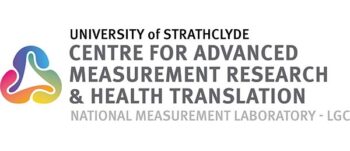Electrochemical Biosensor Development
The Centre develops electrochemical biosensor platforms designed for specific use cases. These are generally underpinned by gold or carbon electrodes and involve the use of affinity reagents such as aptamers and antibodies.
Electrochemical biosensors have the advantage of being highly sensitive but producible at high volumes for low cost.
- Antimicrobial stewardship
- Microbial diagnostics
- Infection prevention
- Antimicrobial compound/strategy
- Removal antibiotics/bacteria
Microorganisms:
- Bacteria
- Viruses
- Fungi
- Yeasts
- Parasites
Application:
- Human
- Veterinary
- Environmental
- AgriFood
- Other
Development stage:
- Research
- Development
- Validation
- Market entry
- Marketed product
- Academia
- Company
- Institute
- NGO
- Government
Partnering:
- License
- Joint Venture
- Co-develop
- Outsource
- Sell
Funding organisation:
- OTHER / NA
- CARB-X
- FIND
- GARDP
- REPAIR
Infectious disease area:
- UTI
- BSI
- STI
- RTI
- GII
- SSTI
- CNSI
- IAI
- SSI
Geographic origin:
- Eurasia
- North America
- South America
- Africa
- Oceania
Open to conversations with a range of potential partner organisations
The Centre for Advanced Measurement Science and Health Translation is located at the University of Strathclyde and hosts a range of research projects and spin out companies. Projects focus on development of new bioanalytical measurement techniques and point of care diagnostic solutions. The Centre is supported by the UK’s National Measurement Laboratory hosted at the Laboratory of the Government Chemist and NHS Lanarkshire
The Centre hosts to spinout companies, Microplate DX – a UTI focused SME and Aureum Diagnostics – a biosafety and general purpose diagnostics company



